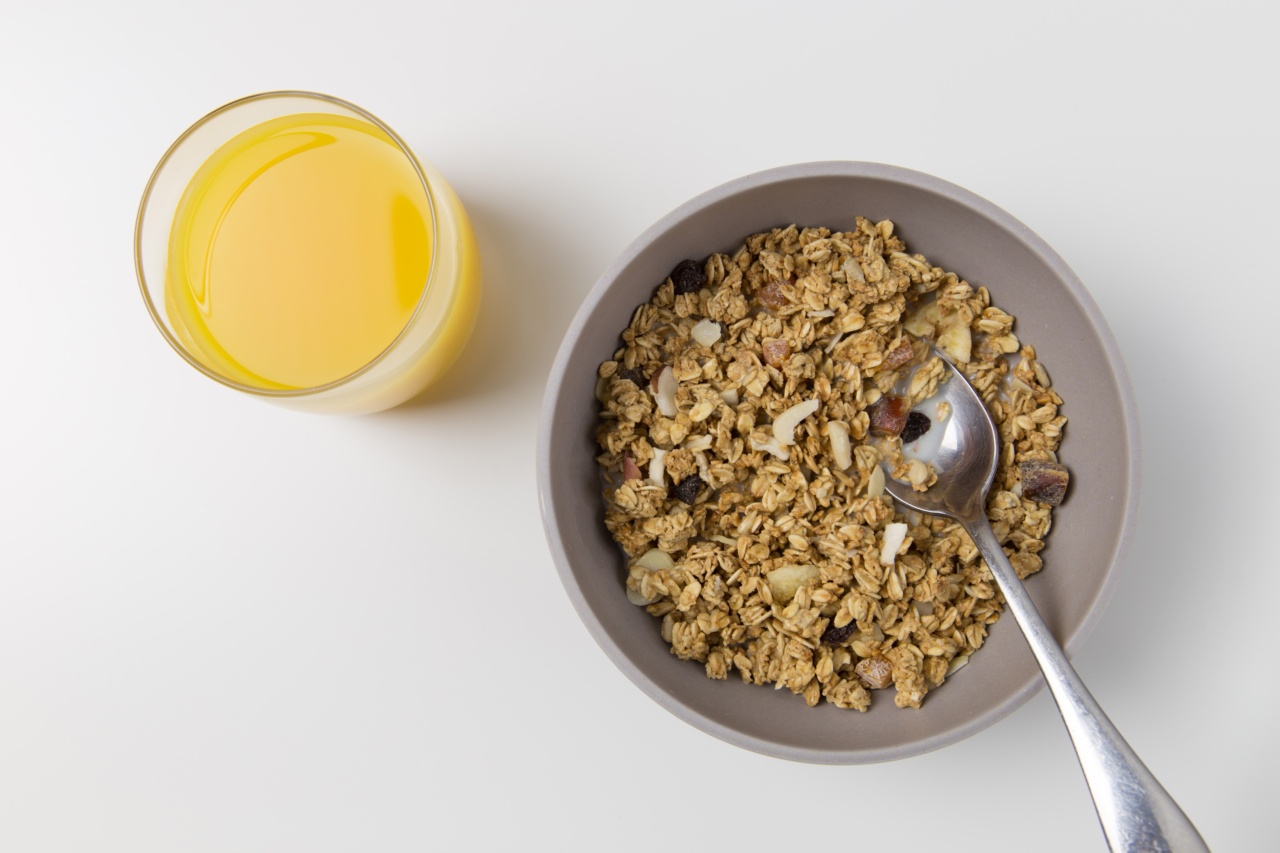Fiber is an important component of our diet, yet it is often overlooked. Not only does it aid in digestive health and support healthy bowel movements, but it can also help regulate blood sugar levels, lower cholesterol, and aid in weight loss.
In this article, we will explore the many benefits of fiber and the best ways to incorporate it into our daily diets.
What is Fiber?
Fiber, also known as roughage or bulk, is the parts of plant foods that our bodies cannot digest or absorb. Unlike carbohydrates, fats, and proteins, fiber passes through the digestive system relatively intact.
This unique characteristic of fiber is what gives it its many health benefits.
The Different Types of Fiber
There are two main types of fiber: soluble and insoluble. Soluble fiber dissolves in water and forms a gel-like substance in the digestive tract. This type of fiber can help lower cholesterol levels and regulate blood sugar levels.
Foods that are high in soluble fiber include oats, beans, nuts, and some fruits and vegetables.
Insoluble fiber, on the other hand, does not dissolve in water. It adds bulk to stool and can help prevent constipation and promote regular bowel movements. This type of fiber is found in foods such as whole grains, vegetables, and fruit skins.
The Benefits of Fiber
Fiber has numerous health benefits, including:.
- Improving digestive health
- Preventing constipation
- Reducing the risk of heart disease
- Lowering cholesterol levels
- Regulating blood sugar levels
- Supporting weight loss
Consuming an adequate amount of fiber can also help you feel fuller for longer periods of time and reduce your overall calorie intake, making it an excellent tool for weight management.
How Much Fiber Do You Need?
The recommended daily intake of fiber for adults is 25 grams for women and 38 grams for men. Unfortunately, many people fall short of this recommendation, consuming only half the recommended amount or less.
To ensure you are meeting your daily fiber needs, aim to consume a variety of fiber-rich foods throughout the day. Some excellent sources of fiber include:.
- Whole grains
- Fruits
- Veggies
- Beans and legumes
- Nuts and seeds
5 Tips for Incorporating More Fiber Into Your Diet
Incorporating more fiber into your diet is not as difficult as you may think. Here are five simple tips to help you get started:.
1. Start the Day with a High-Fiber Breakfast
Starting your day with a high-fiber breakfast can help you meet your daily fiber needs while also keeping you full and satisfied until your next meal. Some great breakfast options include:.
- Oatmeal with fruit and nuts
- Whole grain toast topped with avocado and a boiled egg
- Smoothie made with fruits, veggies, and chia seeds
2. Make Half Your Plate Fruits and Veggies
Fruits and veggies are excellent sources of fiber, and they contain a variety of other essential nutrients. Aim to fill half of your plate with fruits and vegetables at each meal.
3. Swap Out Refined Carbohydrates for Whole Grains
Refined carbohydrates, such as white bread and pasta, are stripped of their fiber during processing. Swap out refined grains for whole grains, such as brown rice, quinoa, and whole grain bread and pasta, to double your fiber intake.
4. Snack on Fiber-Rich Options
Snacking on fiber-rich options throughout the day can help you meet your daily fiber needs while also keeping you full and satisfied. Some great snack options include:.
- Fruit
- Veggies with hummus or guacamole
- Nuts and seeds
5. Experiment with New Foods
Don’t be afraid to experiment with new fiber-rich foods. Try adding beans and legumes to soups and salads or experimenting with new whole grain recipes. Variety is key when it comes to getting enough fiber in your diet.
Conclusion
Fiber is an essential component of a healthy diet. It aids in digestive health, supports healthy bowel movements, and can help regulate blood sugar levels, lower cholesterol, and support weight loss.
Eating a variety of fiber-rich foods throughout the day is an excellent way to ensure you are meeting your daily fiber needs and reaping the many health benefits of this important nutrient.



























